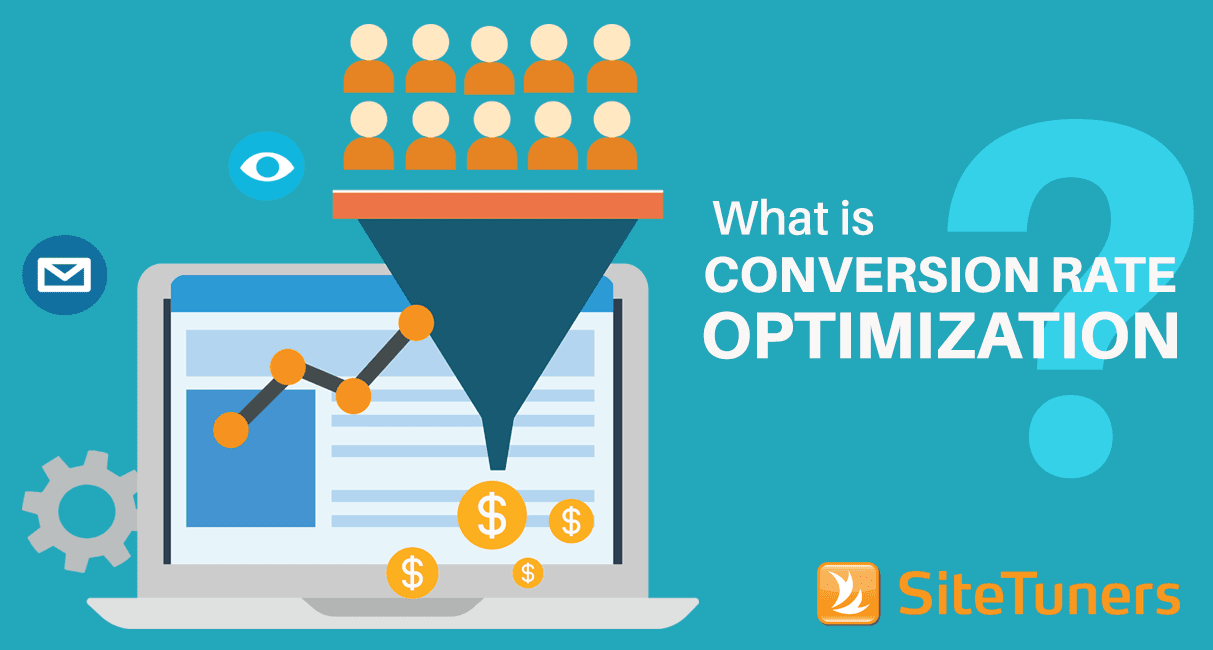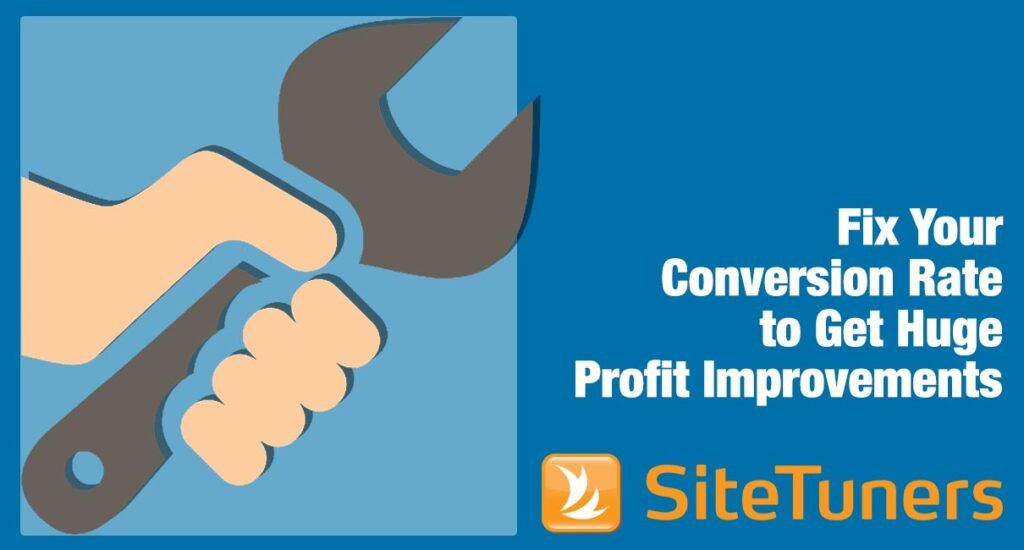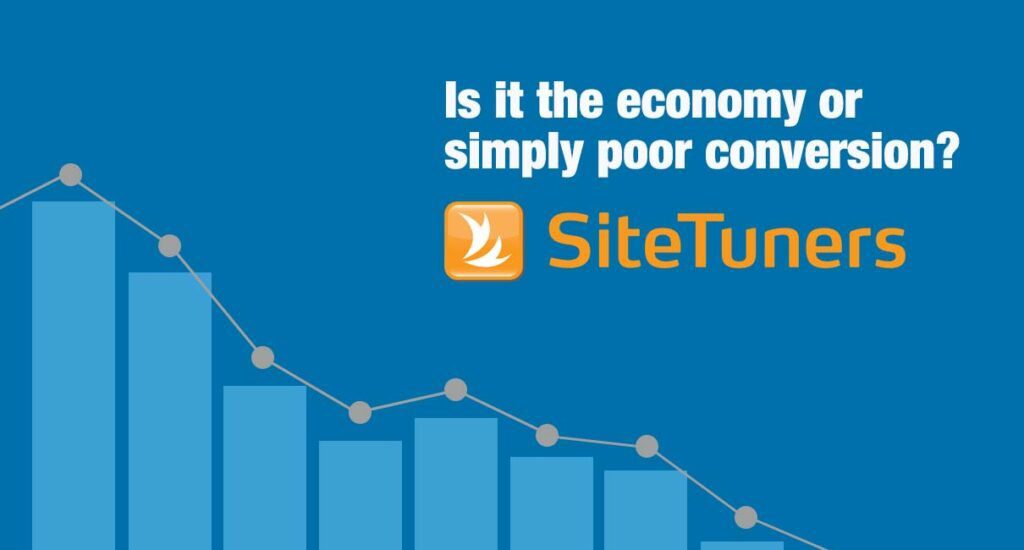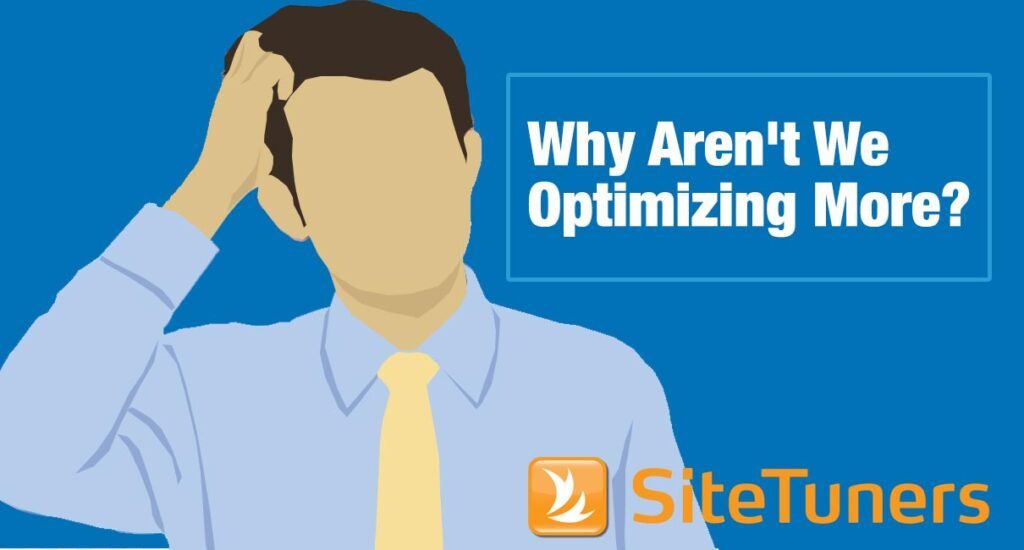Summary: Simply measuring your conversion rate for single transactions will not maximize your profits. If you want to stop leaving money on the table, you need to learn to calculate and optimize customer lifetime value (CLV). This helps your business become resilient in the face of economic downturns, when people are cost-conscious and acquiring new customers can be prohibitively expensive.
In this article, we’ll discuss how to calculate customer lifetime value and its importance for businesses:
Introduction: Calculating CLV and Prioritizing the Long Game
When you run an online business, there’s a certain amount of draw toward focusing on 4 core figures:
- Ad spend – the amount you spend on search ads, display traffic, paid social posts, etc.
- Visits – the total number of visitor sessions on your site
- Sales – the number of purchases on the site (or the number of thank-you page visits for some companies)
- Average order value (AOV) – the average amount spent per transaction
Focusing on these figures ensures that the ad spend to visits relationship is accounted for. You’ll understand how much traffic you get based on what you spend and what you should change to optimize your dollars to visits ratio.
Taking these figures into account also covers the visits to sales ratio. This is the traditional conversion rate of the website, and you can influence it by running split tests and other conversion activities.
Lastly, order sizes will be tracked, and you can check if displaying things differently raises the AOV.
But while there’s a lot to like here, views like this can be somewhat short-sighted, especially for certain industries. If you focus on increasing your ad spend to sales ratio, you’ll likely be optimizing single-purchase relationships.
Since it costs anywhere from 5 to 25 times more to get new customers rather than retain existing ones, this kind of mentality often leads to bad decisions. Instead of just gunning for the total number of sales, you should be creating strategies that also account for repeat sales.
You should be measuring and optimizing the customer lifetime value (CLV).
1. What Is Customer Lifetime Value or CLV?
There are some general differences between how much you should rely on a single completed transaction and how much you can depend on repeat customers, depending on the industry that you operate under.
If you are a business-to-business (B2B) firm selling complicated equipment that generally lasts years, then many of your customers may be single-transaction consumers that take 8 months from becoming a lead to becoming a buyer.
If you sell fast-moving consumer goods like food for specialized diets, then weekly orders from your loyal customers may be the lifeblood of your business.
In between those two extremes is where a lot of firms operate, so the reliance on customer lifetime may be different per business. But most marketers need to be familiar with CLV.
On a basic level, customer lifetime value is the expected revenue a business can generate from a customer throughout their entire relationship.
2. Why Is Customer Lifetime Value Important?
Let’s say you have 2 customers in an online shop.
John orders a shirt for $20. He comes back 3 months later and buys a pair of shoes for $140. Then, 4 months later, he returns to buy a pair of jeans for $40, spending $200 over the course of 7 months.
Jane, on the other hand, orders a bag for $160, and that’s the only transaction she has with the shop.
The mistake a lot of marketers make is incentivizing the Jane model of behavior – running paid campaigns to attract a customer who will spend a lot on the website, even if it’s just for a single transaction.
However, the more profitable scenario for many companies is the John model of behavior. It costs more to acquire new customers than to retain existing ones, so thinking about CLV often results in larger revenue and profits.
Existing Customers Are Your Greatest Growth Potential
According to Bain & Company and Harvard Business School, a 5% lift in customer retention rates can increase profits by 25% to 95%.
Additionally, these numbers show that loyal customers are worth more than short-term sales:
- Repeat customers are 50% more likely to try new products and spend 31% more than new customers.
- The probability of a new customer buying is 5-20%. That number increases to 60-70% for existing customers.
- Nearly 40% of loyal customers will choose a product from a brand they love despite the availability of cheaper alternatives. This means establishing loyal relationships also makes price increases viable.
Understanding CLV and customer retention helps your company become cost-effective and withstand disruptions in market conditions. CLV-oriented thinking can bring down your churn rate and customer acquisition costs (CAC).
3. Calculating Customer Lifetime Value
There are complicated ways to calculate customer lifetime value. Some formulas take more variables into account (e.g. visitor acquisition cost, cost of goods, profit margins, etc.) to derive CLV.
On a basic level, however, measuring customer lifetime value involves understanding 3 things:
- The value of your average order
- The number of transactions you have given an interval
- The average length of retention you have per customer
So if your average order value is $50, you average 2 purchases per year, and you keep your customers for an average of 3 years, then your simplified CLV formula will look something like this:
$50 * 2 * 3 = $300 CLV
But looking at just the averages may be deceiving.
You could have a number of extremely loyal customers who average 6 orders per year and remain your customers for 6 years on average.
In contrast, you can have a set of shoppers that tends to just make 1 order and never make a repeat purchase.
These groups may have different demographics, traffic sources, and nurture campaigns. And the things that you can tweak to influence raising single-order purchases may be very different from encouraging return visits, multiple purchases, and loyalty.
That’s why you need to understand segments.
4. Customer Segmentation and Customer Lifetime Value
When people buy something, you generally get some database information about them. These are things like e-mail addresses, purchases, order sizes, and buying frequency.
With enough visitors making purchases, and some database-savvy on the side of the company, a marketer can usually slice and dice the information into useful groups.
For example, an e-commerce business might divide customer groups into 4 segments:
- Infrequent purchasers – people who don’t frequently return and tend to purchase low-margin cheap products
- Heavy return light buyers – visitors who tend to return to the site and buy again, but tend to purchase low-margin cheap products
- Infrequent big spenders – people who do not return a lot, but when they do make purchases, the things they tend to buy are expensive, high-margin products
- Key customers – visitors who purchase expensive, high-margin products often
Categorizing customers like this will allow an e-commerce company to use different strategies on the groups, such as:
- Running remarketing campaigns to try to sell related items to infrequent purchasers
- Offering promos on expensive items for the heavy return light buyers to try to raise their AOV
- Using timed promo strategies to turn infrequent big spenders into frequent visitors
- Creating loyalty programs to retain key customers
The insights into the group types will enable businesses to run precise and targeted marketing programs.
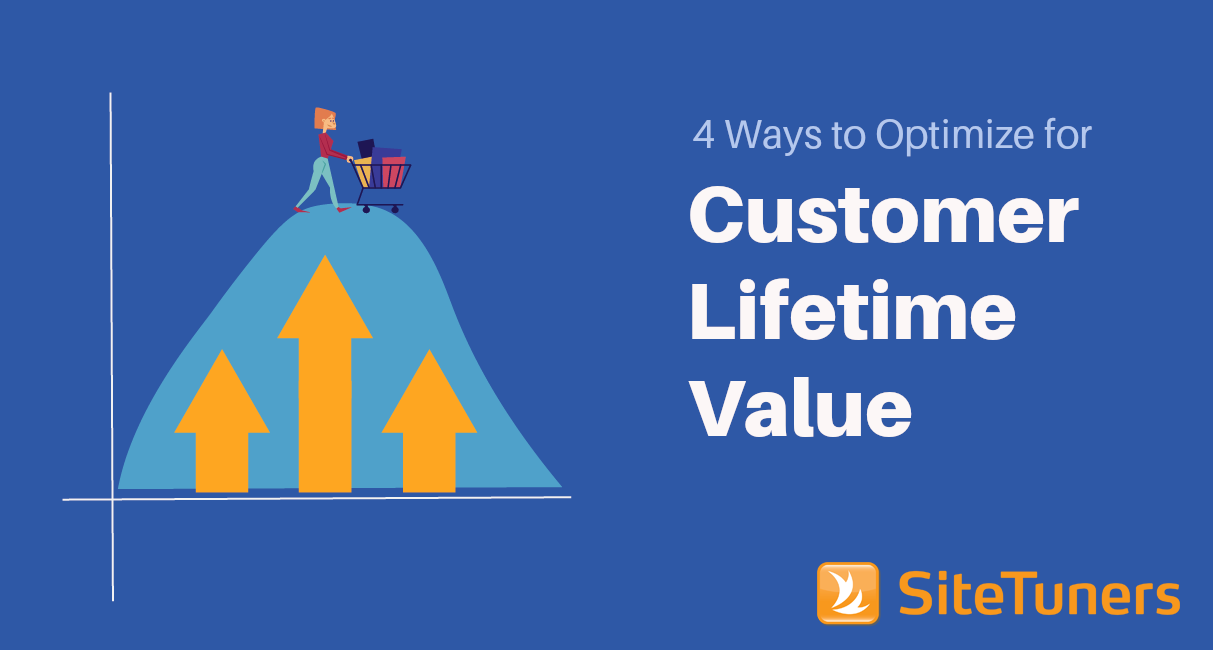
Optimize for long-term gains, not short-term sales.
5. Forecasting Customer Lifetime Value
Once you start getting used to thinking about customer lifetime value rather than just sales and average order values, your marketing priorities and budgets can start shifting.
There’s something to be said about the simplicity of just looking at which advertising channels lead to the most sales (e.g. “Google Ads was very effective for us this year, so let’s raise the budget by 20% and take that money away from social and display advertising”). But while that’s better than nothing, it’s also likely less than optimal.
Because you understand that AOV, transactions per period, and retention are your levers, it should be relatively straightforward to assess the monetary impact of moving any one of those levers.
You can calculate the impact of …
- … creating bundling promos that aim to double the average order value.
- … running nurture campaigns from your marketing automation system to try to increase the transactions per period by 50%.
- … starting a loyalty program that aims to improve customer retention by 25%.
You can create CLV and ROI improvement forecasts for the different marketing activities and types of target metrics (e.g. AOV, transactions per year, and retention).
Those calculations can be used to overhaul your marketing strategies and budget allocation.
Conclusion: CLV Is Complex But Vital
Looking at ROI based on CLV is very different from looking at ROI based on ad spend to sales, or ROI based on single-transaction conversion rate.
Despite all of the benefits of thinking about CLV rather than single transactions, there are some downsides and complexities:
- Measuring CLV often requires a more mature organization (i.e. a company with systems that have customers under a good database with lots of reliable metadata).
- Trends are rarely perfect. And when you get to the nuts and bolts, it’s hard to predict the exact amount a bundling promo will raise the average order by, or the exact retention effects a loyalty program will have.
- There are confounders that will not be easy to account for, increasing the complexity of the analysis.
Still, understanding and learning to calculate customer lifetime value is often a good step for companies.
If you’re on the relatively less mature side of marketing organizations, taking the first steps in influencing CLV can often have a game-changing impact on your revenue.
